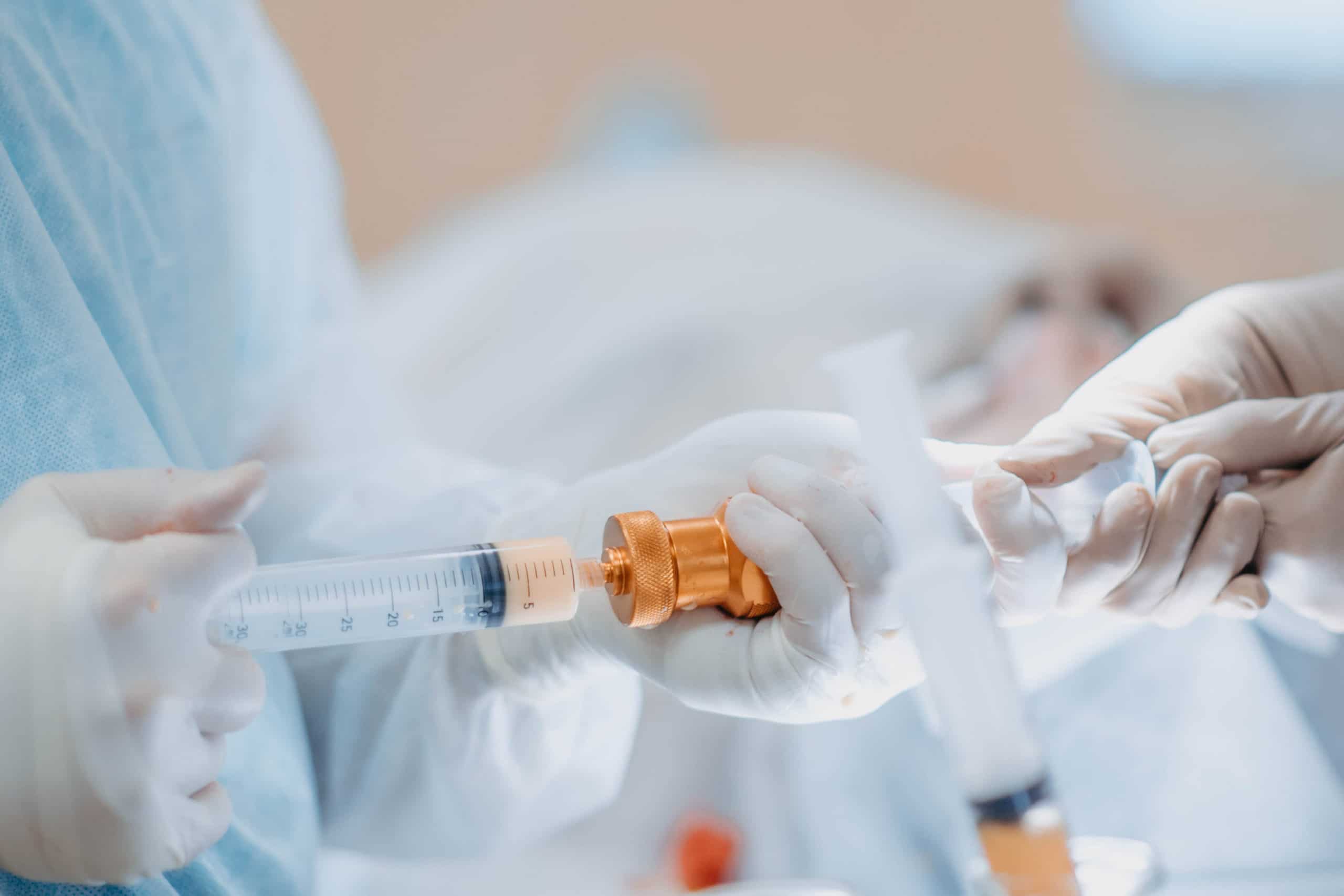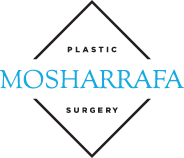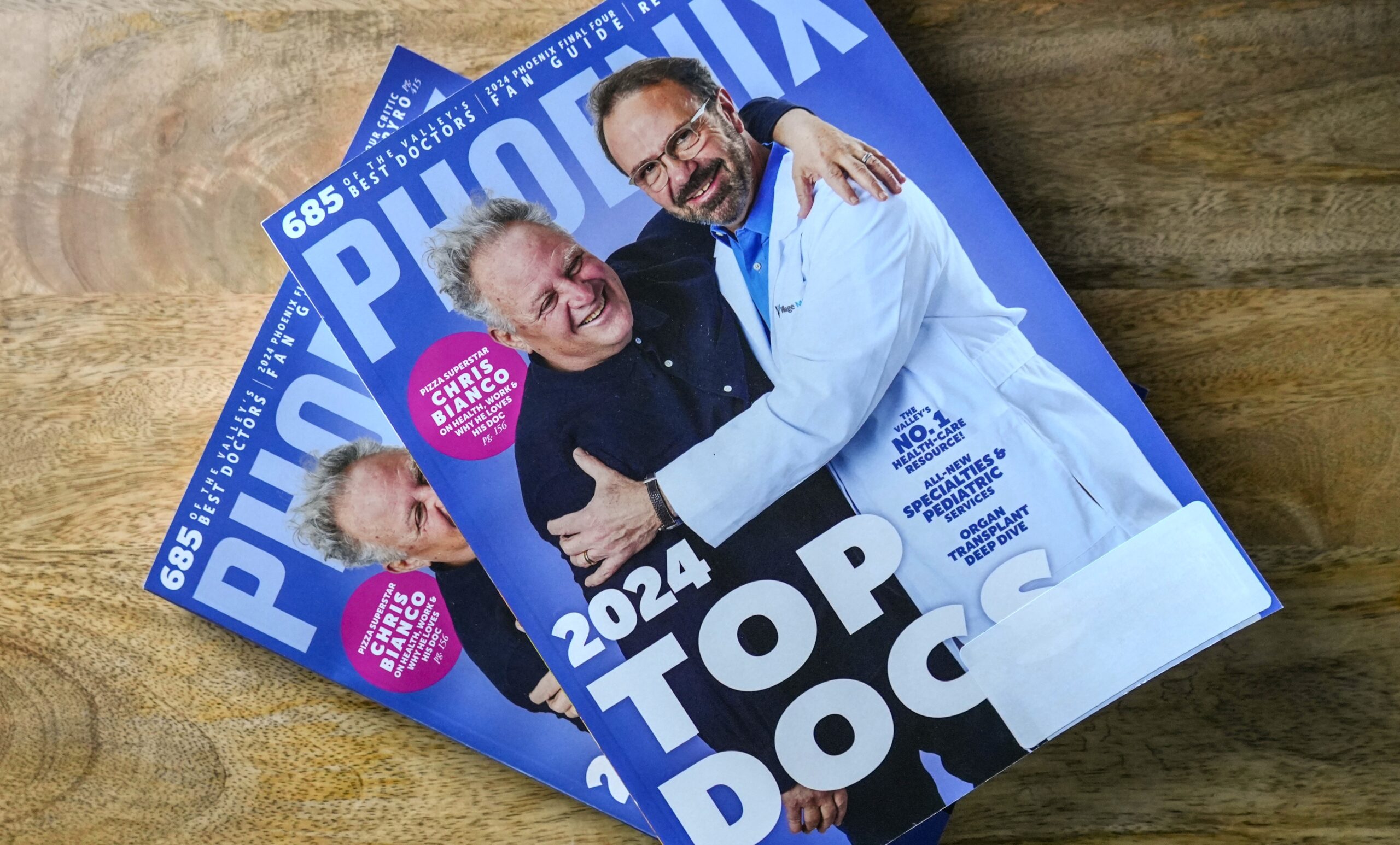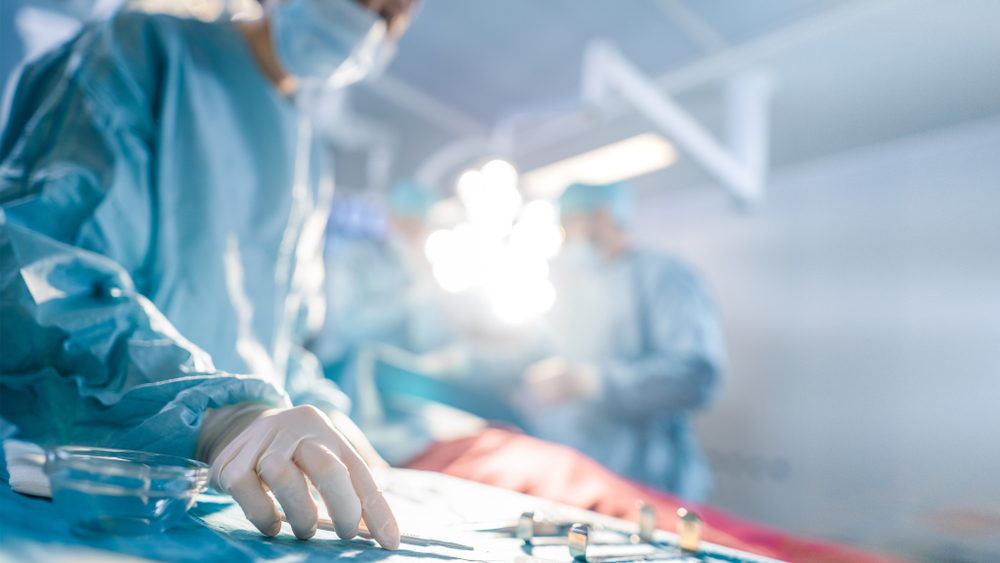
Fat grafting is a non-invasive cosmetic procedure that uses your fat cells as filler material for aging skin or other body parts that have lost volume due to weight loss or other factors. A surgeon will first remove adipose tissue (fat) from an area on your body with excess fat deposits and use it as filler material in another area of concern on your face or body.
The extracted tissue is processed into tiny particles injected into the desired location with small needles; one may repeat the process several times until they achieve the desired results.
Fat grafting can be done using two different approaches: autologous fat transfer and alloplastic grafts. The latter includes synthetic material such as microspheres or hydrogel particles.
1. The Autologous Approach
In this approach, doctors use your excess fat (from areas such as your thighs) to fill out areas like your cheeks, lips, or chin that have lost volume due to aging or weight loss.
2. The Alloplastic Approach
In this approach, doctors use synthetic materials such as microspheres (tiny balls of silicone) or hydrogel particles (gel beads) made from hyaluronic acid to fill areas like your cheeks, lips, or chin that have lost volume due to aging or weight loss.
Fat Grafting and Adipose Stem Cells
Fat grafting and adipose stem cells are two different cosmetic procedures that involve using fat from one part of the body to fill out another part of the body. Fat grafting typically uses fat from another part of your body (for example, your abdomen), while fatty stem cells use fat from your own body to create new tissue for surgery.
With both procedures, it’s essential to understand precisely where the source of your tissue came from so that you can assess whether it’s safe for you to undergo this type of procedure.
There are many different ways to perform fat grafting, and the two most common methods are micrografting and macrografting.
1. Micrografting is a minimally invasive technique that uses tiny amounts of fat cells extracted from the abdomen or thighs with a special needle. The recipient site is then injected with these tiny grafts one at a time. This technique works well for small areas like tear troughs because it allows fine-tuning so each graft can be placed precisely where it will look best.
2. Macrografting involves removing large amounts of fat from one area of your body (usually your abdomen) and injecting it into another area that needs enhancement (usually your face). This method works best when there is enough excess tissue available to harvest.
Fat grafting is a surgical procedure used to repair damaged skin and tissue by replacing it with fat taken from another part of the patient’s body.
Beyond Plastic Surgery Procedures
Fat grafting can be used to treat several different aesthetic and reconstructive purposes, including:
• Scars
• Muscle atrophy (loss of muscle mass)
• Bulging veins
• Lip enhancement
• Stretch marks
Schedule a Consultation
Fat grafting is an advanced procedure that uses your fat to create natural results. Drs. Ali and Tamir Mosharrafa are among the leading plastic surgeons in Phoenix, Arizona who use this technique.
Book an appointment with them today to learn more about your fat grafting options. Call our office or contact us online.
Back to Overview
Related Blog Posts
A breast cancer diagnosis is overwhelming in so many ways. There are a lot of emotions. Dr. Ali Mosharrafa and his entire staff put me at ease at every step. After surgery, I was very self conscious, and the way I was treated with each visit helped me as much as the excellent medical care. Whether it is for an elective procedure or a surgery due to illness, I cannot endorse Dr. Ali more as a physician and human.
Read ReviewsContact Us
Dr. Ali, Dr. Tamir, and Dr. Benjamin understand that you have made an important decision by choosing to undergo plastic surgery, and they are committed to delivering the exceptional results you expect and deserve.

 Scroll
Scroll


